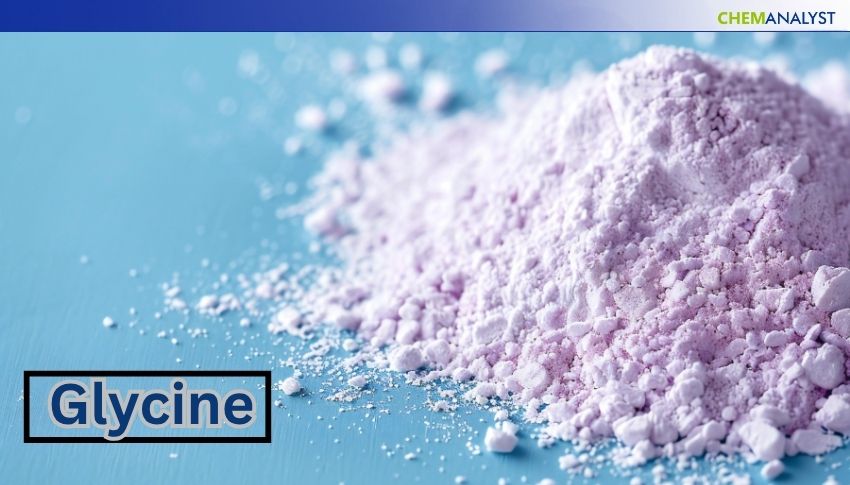Welcome To ChemAnalyst

In early June 2025, Chinese Glycine prices continued to fall slightly, following on from the steep decline in May on account of continued oversupply, sluggish downstream demand, and reduced feedstock costs. High inventories and hedging global purchases also put pressure on the market. Sentiment is, however, improving now, with analysts forecasting a rebound in price during the second half of June based on increased inquiries, flat inventory levels, and fresh faith in the downstream pharmaceutical and personal care markets.
Glycine prices in China market went down in the first half of June 2025, following the downward trend in May. The price softening was mainly due to high inventory, slow demand from key downstream sectors and cost-side relief from lower feedstock prices. In May, Glycine market had seen a big price drop as the oversupply situation worsened, mainly due to the production ramp up ahead of early-month Labor Day holidays led to oversupply. This inventory buildup and slow consumption from pharmaceutical, nutraceutical and cosmetic sectors created a big supply-demand imbalance, forcing suppliers to lower the Glycine prices to clear inventory.
China’s manufacturing activity improved in May led to higher Glycine output, which added to the high inventory level and intensified pressure on prices into June. Ammonia prices, the main raw material for Glycine production, remained low throughout the month and further reduced production cost and gave suppliers room to negotiate lower prices. The trade negotiations between China and US, which resulted to temporary tariff relief, had limited immediate impact on Glycine demand and pricing. International buyers, especially those from North America and Europe, were cautious in their purchasing amid rising freight rates and uncertain long-term price direction.
Another factor that contributed to the Glycine price decline was currency movement. A weaker US dollar against Chinese yuan made Chinese exports more expensive in dollar terms and reduced the competitiveness of Glycine in global market. This in turn reduced export demand and added to domestic inventory. The lack of international interest, despite tariff concessions, showed the structural challenges in the market including cost-sensitive procurement behavior and shifting inventory strategies across global supply chain.
The demand outlook in May remained subdued, as downstream buyers, faced with ample stock and high freight costs, avoided bulk purchases. While some improvement in logistics and easing of delivery timelines was noted, it failed to translate into stronger Glycine offtake. Buyers across sectors such as pharmaceuticals and personal care continued to exercise caution, opting to utilize existing stockpiles rather than committing to new shipments. Consequently, the lack of urgency in restocking further pressured prices during the early part of June.
However, market sentiment appears to be shifting as the second half of the month progresses. According to market sources, Glycine prices in China will go up in the second half of June. Although the recovery will be slow, end-use demand will grow with new inquiries. Inventory across the supply chain has started to stabilize and downstream confidence is driving procurement again. The market is now looking more balanced and will set the stage for a potential price rebound.
We use cookies to deliver the best possible experience on our website. To learn more, visit our Privacy Policy. By continuing to use this site or by closing this box, you consent to our use of cookies. More info.
